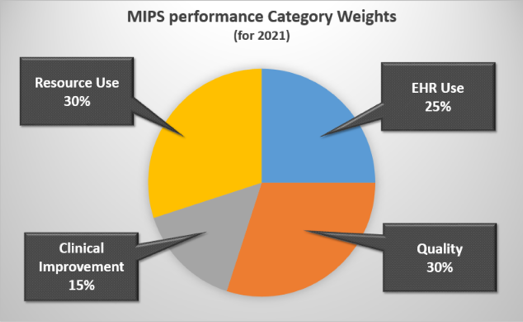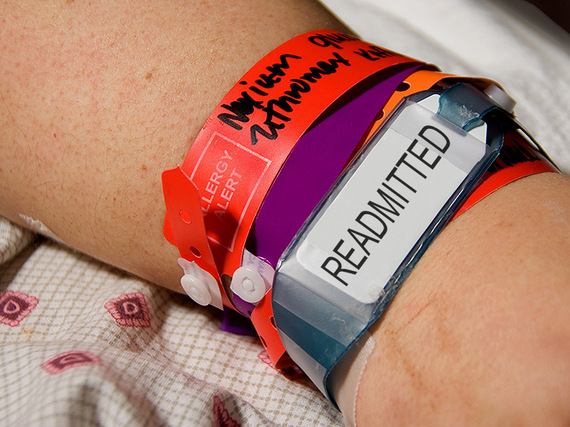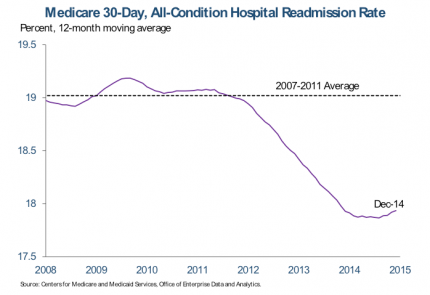
The Value-Based Health Care Congress is just a week away and we’re excited to announce we’ll be there, standing alongside industry veterans and learning more about the state of value-based care. Under The Value-Based Health Care Congress are 3 individual tracks for providers, each covering some of the key pillars of the landscape today:
We went ahead and listed some of the conference sessions around care quality and health care IT that we’ll be looking forward to attending, and hopefully you will too. Be sure to stop by the CareSkore booth in the exhibit hall to see our Personalized Population Management™ platform, and learn how your healthcare organization can improve both clinical and financial outcomes. Without further ado, here are some of the sessions that we’re excited to see (exact times subject to change):
1. Measuring for Value – Panel Discussion
Track and Time: Main Summit, Day 1 @2:05pm
Core quality measure sets are in place and we’ve taken a significant leap forward in providing accurate, useful information on healthcare quality that can inform decisions. The next step in this transition to value-based care rests on our ability to integrate quality and resource use performance to ultimately drive better outcomes.
- Understand the quality-spending relationship and how it promotes provider buy-in and success in risk-based contracts
- Learn how to incorporate the patient voice to develop meaningful measures
- Align measures across the continuum of care to reduce burden and improve efficiency
Speakers:
David Introcaso (@HealthcareIssue)
Helen R. Burstin (@HelenBurstin) – Sr VP, Performance Measures at National Quality Forum
Kate Goodrich – Director, Center for Clinical Standards and Quality at CMS
John S. O’Shea – Sr Fellow, Center for Health Policy Studies at The Heritage Foundation
Stephen L. Ondra (@StephenOndra) – Chief Strategy Officer at Amida Technology Solutions
Linda Walker – VP, Health Security at AARP
2. Examine the Role of Health IT in Delivery System Transformation
Track and Time: MACRA Summit, Day 2 @10:45am
Healthcare IT is undoubtedly a critical piece to how we advance quality and value. ONC’s Elise Anthony gives us the catch-all on healthcare technologies—from flow of health info to patient data access, and care delivery—required for participating in CMS programs.
- Understand how health IT is the foundation to better care, smarter, spending and healthier people
- Learn about new health IT initiatives that can support practical needs of patients and providers
Speaker:
Elise Sweetney Anthony (@Policy2Progress) – Director, Office of Policy at ONC
3. Explore the Ingredients of a Health IT Value Strategy
Track and Time: MACRA Summit, Day 2 @11:30am
Implementing health IT does not guarantee success. These technologies—focused on improving care must allow stakeholders to be able to find usability and usefulness that also support processes—both business and clinical—of a value-based reimbursement system.
- Review the HIMSS STEPS™ model and its five components
- Identify areas where health IT has proven value and non-technical barriers to IT optimization
- Explore potential new functions of health IT that should support value-based care
Speakers:
Peter Basch – Medical Director, Ambulatory EHR and Health IT Policy at MedStar Health
Patricia Wise – VP, Health Information Systems, HIMSS
4. Engage Physicians in ACO and Other Value-Based Models to improve Quality
Track and Time: ACO Summit, Day 2 @2:15pm
Successfully engaging physicians ensures that ACOs and other value-based endeavors reach potential, but that is easier said than done. It’s especially challenging when physicians continue to receive fee-for-service and value-based payments simultaneously.
- Understand physicians’ risk-based payment and MACRA, and how to transition to a value-based mix
- How to coordinate for optimal management of complex patients
- Utilize integrated and actionable claims data, not multiple EHRs, and learn how to report data that demonstrates the impact of clinical decisions
Speaker:
Abigail Chen – Medical Director, Quality and Clinical Integration at Mount Sinai
5. Achieve Better Quality, Less Effort, and Greater Savings – How You Can Have All Three
Track and Time: ACO Summit, Day 2 @3:00pm
Through organizing information and communicating it with providers in addition to focusing on specific efforts such as cardiac and respiratory conditions, providers can improve cost and quality metrics in parallel and demonstrate the value throughout the health care community.
- Explore feasibility of collecting and tracking patient data to understand quality performance
- How cutting costs and increasing quality scores can earn shared savings
- Illustrate examples of payer-provider engagement and alignment around shared objectives
Speaker:
John Haughton (@haughton_md) – CIO at Chautauqua AMP; CQO at Independent Health Plan








